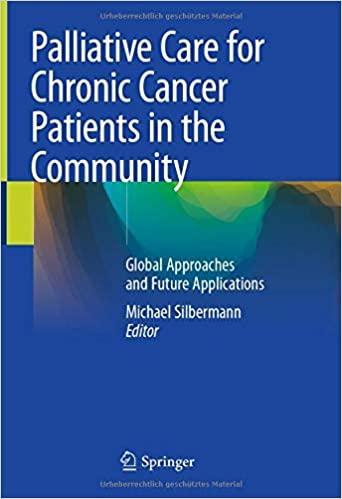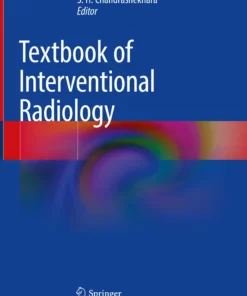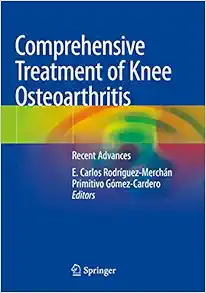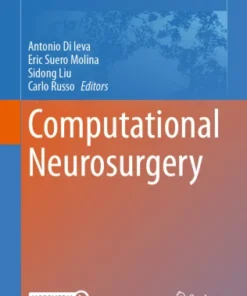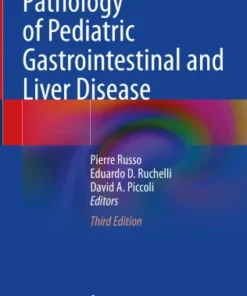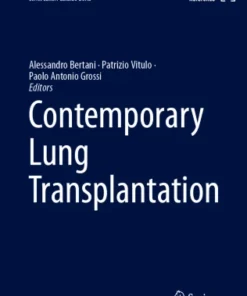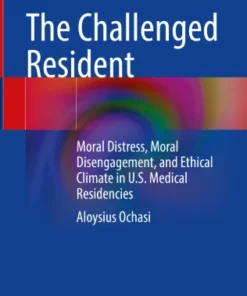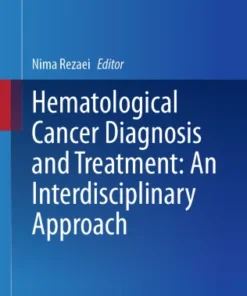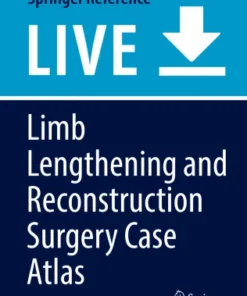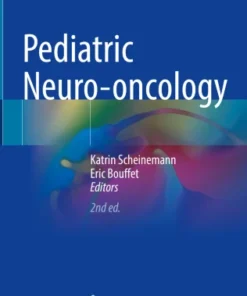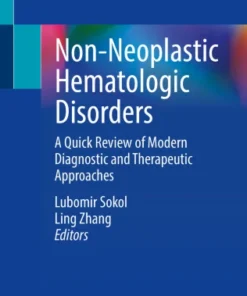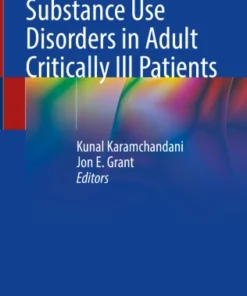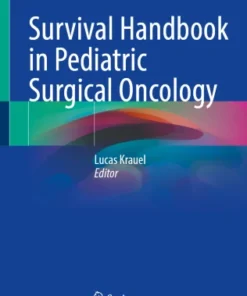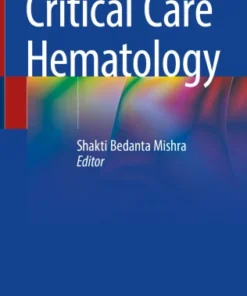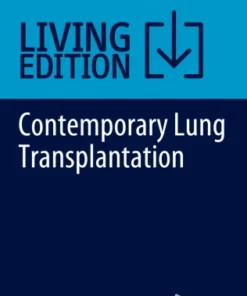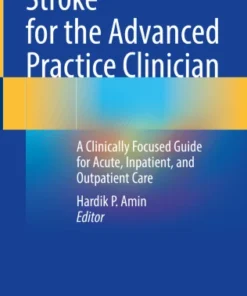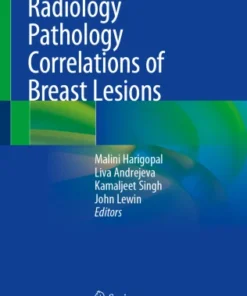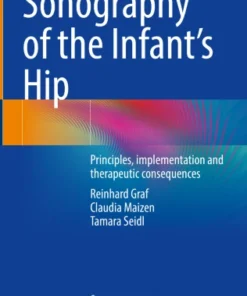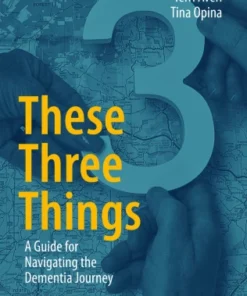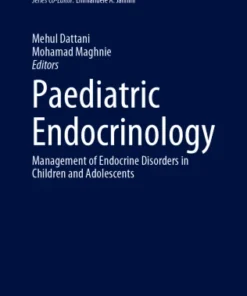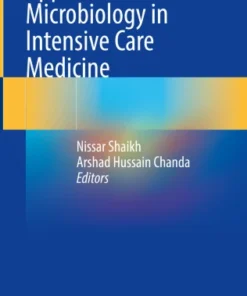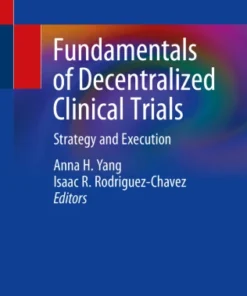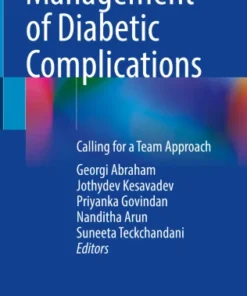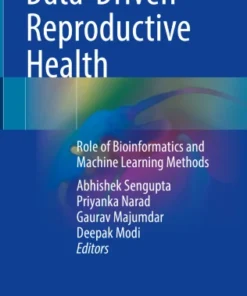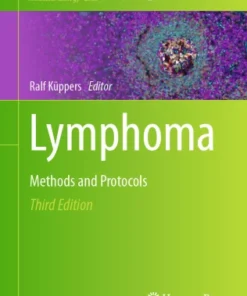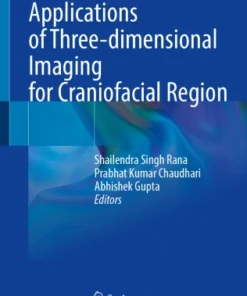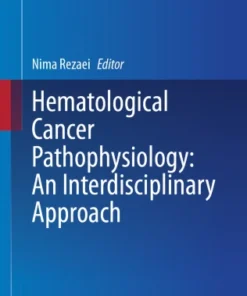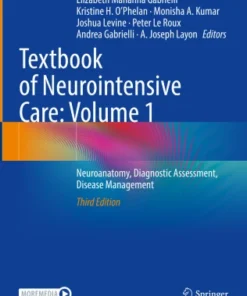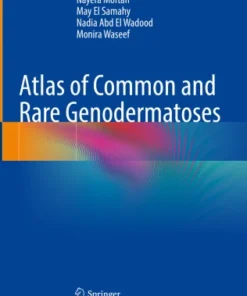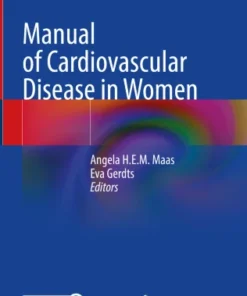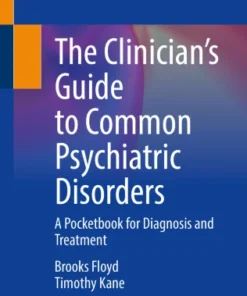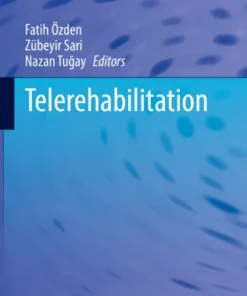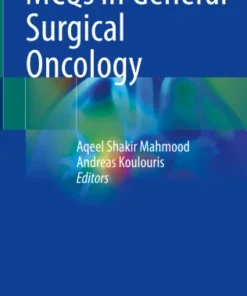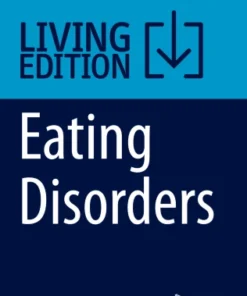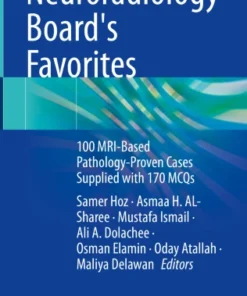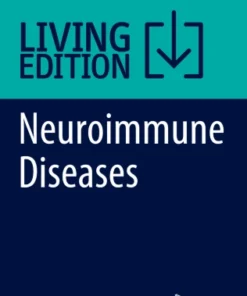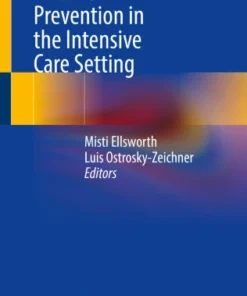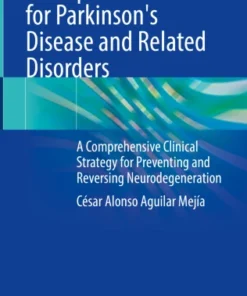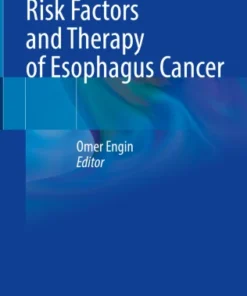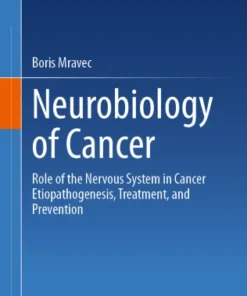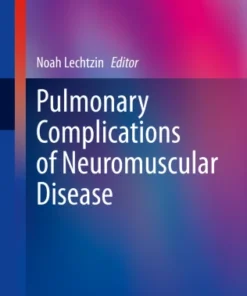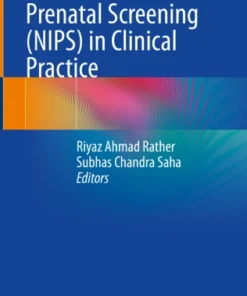Palliative Care for Chronic Cancer Patients in the Community: Global Approaches and Future Applications 1st ed. 2021 Edition
9 $
Delivery time: Maximum to 1 hours
Category: Springer Ebook
Palliative Care for Chronic Cancer Patients in the Community: Global Approaches and Future Applications 1st ed. 2021 Edition
by Michael Silbermann (Editor)
The new global cancer data suggests that the global burden has risen to 18.1 million new cases per year and 9.6 million cancer deaths per year. A number of factors appear to be driving this increase, in particular, a growing and aging global population and an increase of exposure to cancer risk factors linked to social and economic development. For rapidly-growing economies, the data suggests a shift from poverty- or infection-related cancers to those associated with lifestyles more typical in industrialized countries. There is still large geographical diversity in cancer occurrence and variations in the magnitude and profile of the disease between and within world regions. There are specific types of cancer that dominate globally: lung, female breast and colorectal cancer, and the regional variations in common cancer types signal the extent to which societal, economic and lifestyle changes interplay to deferentially impact on the profile of this most complex group of diseases.
Unfortunately, despite advances in cancer care, a significant proportion of patients at home, experience sub-optimal outcomes. Barriers to successful treatment outcomes include, but are not limited to: access to oncologists in the primary health centers, non-adherence, lack of experienced oncology and palliative care nurses in the community, inadequate monitoring and the lack of training of family and pediatric physicians. Telemedicine approaches, including telephone triage/education, telemonitoring, teleconsultation and status tracking through mobile applications, have shown promise in further improving outcomes, in particular for chronic cancer patients following their hospitalization.
Lessons can be learned from existing hospices in North America, the United Kingdom, Australia, Centers of Excellence in African (Uganda) and modern community services in India (Kerala). An important goal of this book is to describe and encourage professionals to develop new community programs in palliative care, which include training and empowering physicians and nurses in the community on the principles of palliative care. The Middle East Cancer Consortium (MECC) together with the American Society of Clinical Oncology (ASCO) and the American Oncology Nursing Society (ONS) have conducted multiple courses ranging from basic palliative care to more specialized training in palliative care for multiple nationalities in Europe, Asia and Africa. Our experience clearly indicates that, to promote such activities, one needs strong leadership and confirmed political will to support the endeavor. The new book will emphasize the importance of having a core of multiple stakeholders including community leaders, government, NGOs and media to be actively involved in advocating for the cause and generating public awareness.
This text will provide the reader with a comprehensive understanding of the outside-of-the-hospital treatment of cancer patients by medical, paramedical and volunteer personnel. In doing so, this text will encourage the creation of new palliative care services improving upon the existing ones and stimulate further research in this field.
Part 1 of the text will begin with an overview of the current state of affairs of services provided to cancer patients while being cared for by primary health centers. It will also review the current literature regarding medical and psychological-based therapy options in the community for cancer patients at different stages of their disease. Part 2 will address the unique role of the community nurse, within the framework of the multidisciplinary team treating the patient, in the attempt to provide optimal evaluation and care in very challenging situations (such as with terminal patients). Part 3 will provide insightful models of this new discipline and serve as a valuable resource for physicians, nurses, social workers and others involved in the care of cancer patients. The book will take a multidisciplinary approach, integrating clinical and environmental data for practical management to enhance the efficacy of treatment while relieving suffering. Part 4 will also discuss the application of modern technological approaches to track symptoms, quality of life, diet, mobility, duration of sleep and medication use (including pain killers) in chronic cancer patients in the community. Part 5 of the book will also be devoted to modes of developing a collaborative program between governmental and non-governmental organization sectors. This includes volunteer workers in close collaboration with medical professionals for providing emotional and spiritual support, nursing care, nutritional support and empowering family caregivers. Such a model makes palliative care in the community a “people’s movement”, thus transferring part of the responsibility and ownership to the community.
Product Details
Product Details
- Publisher : Springer; 1st ed. 2021 edition (October 30, 2020)
- Language : English
- Digital eBook : 628 pages




